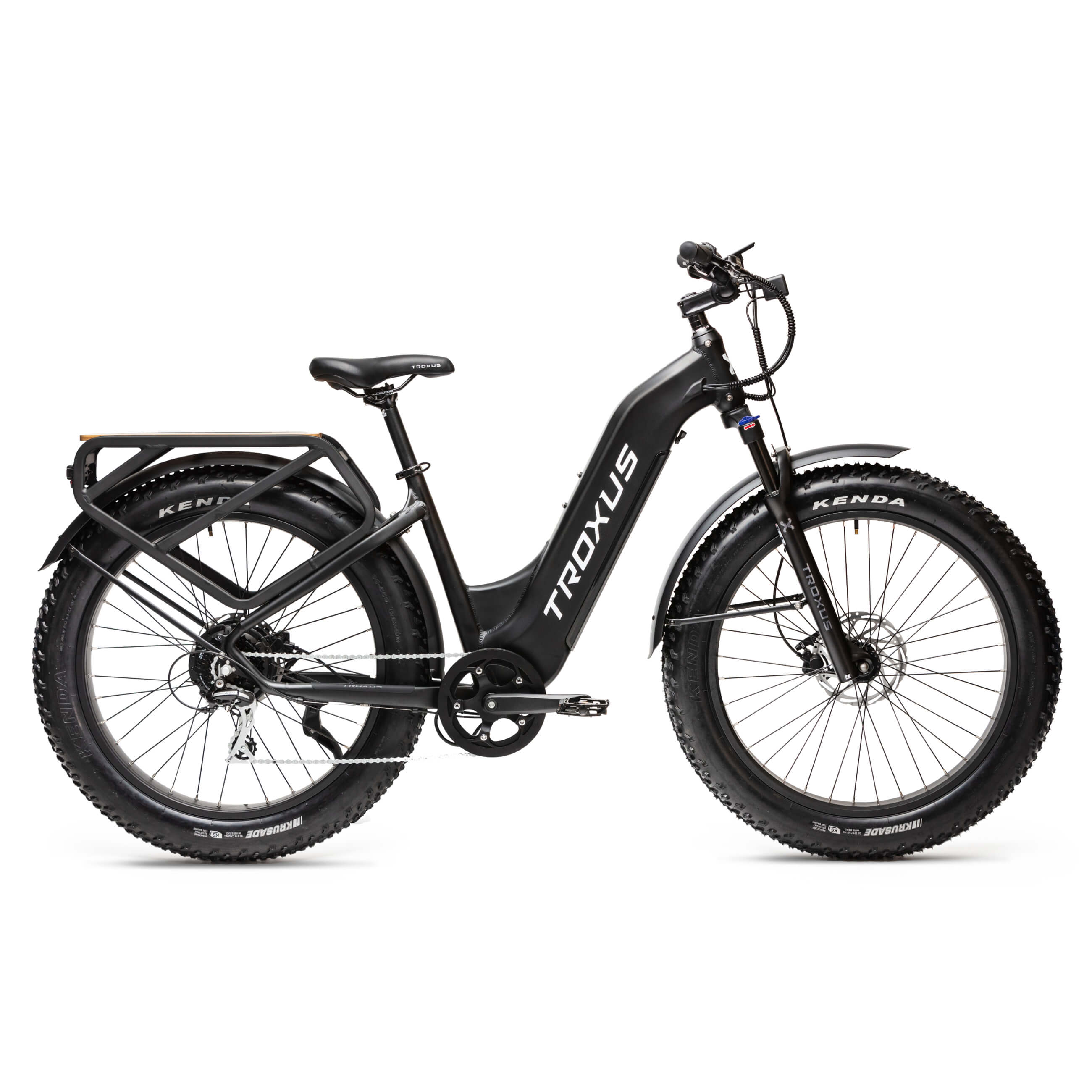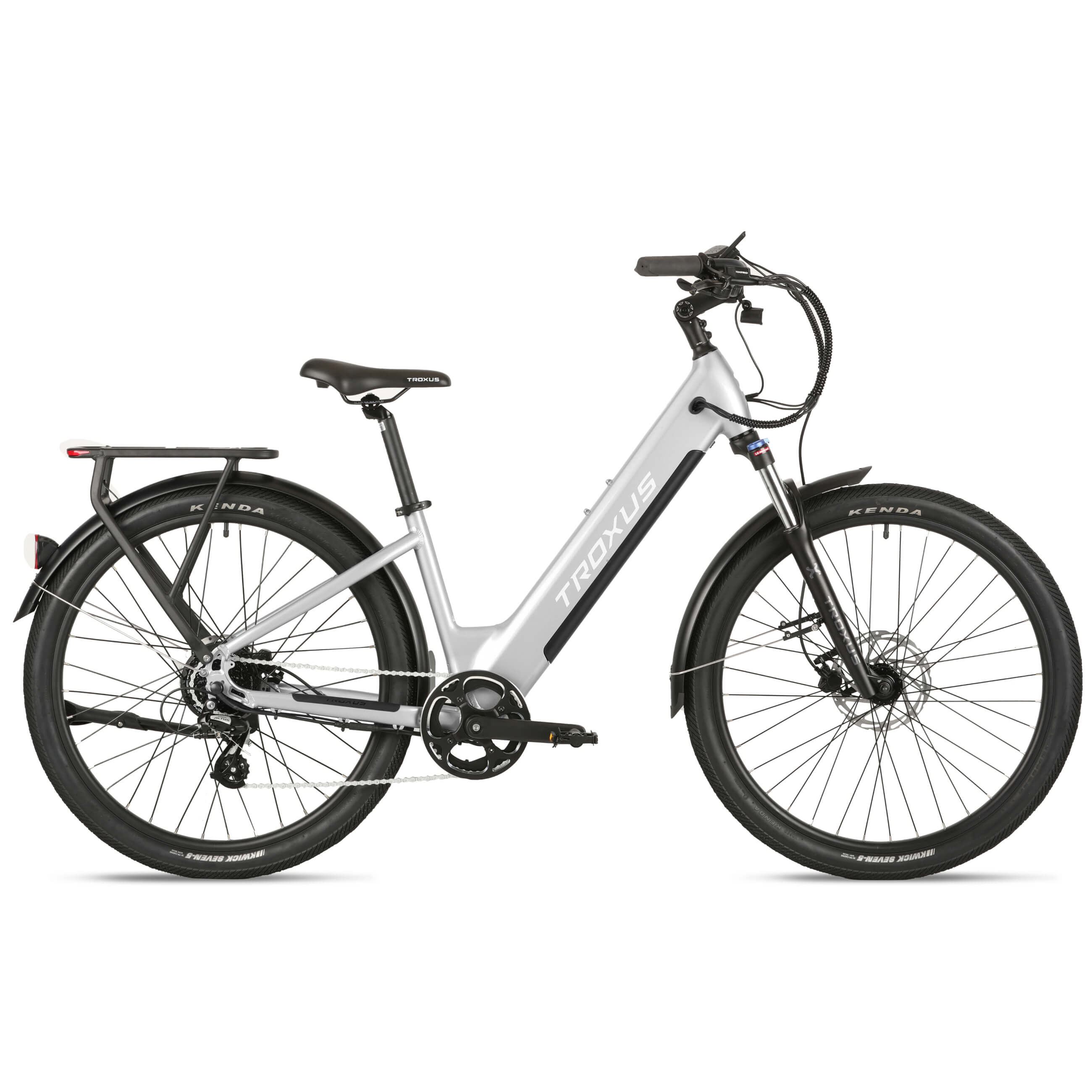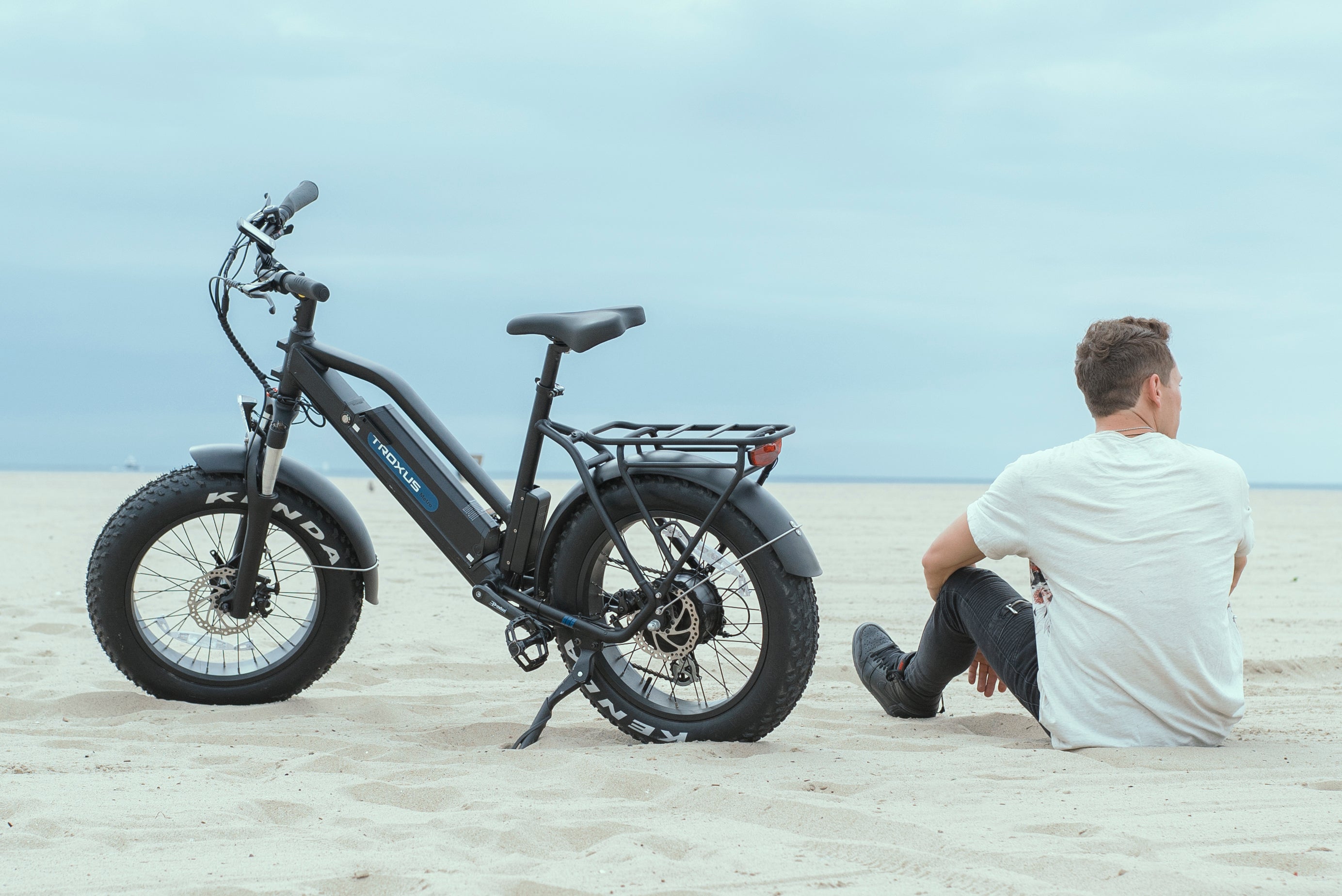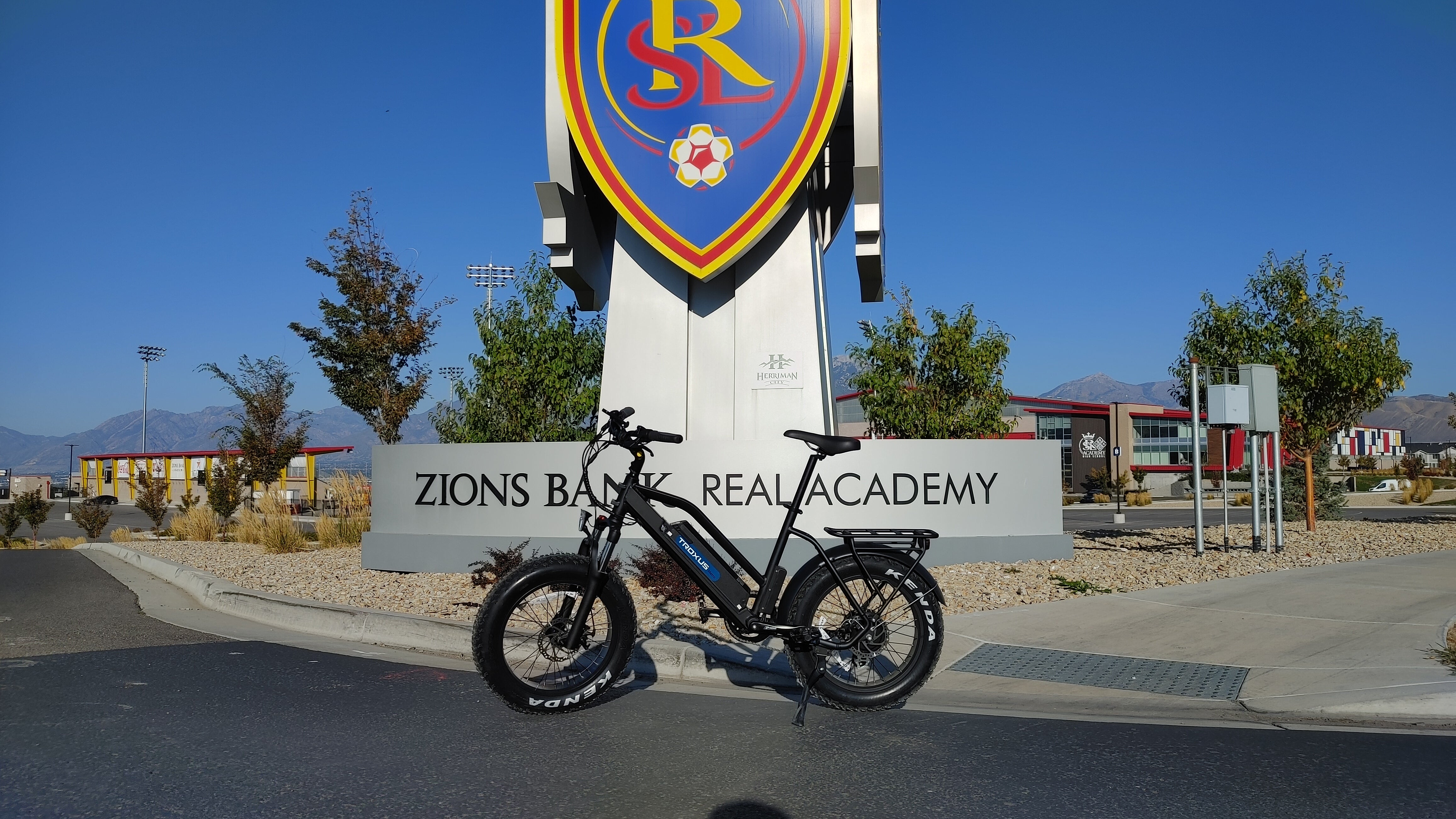For as long as cycling has been a sport, riders have been looking for advantages that would give them the edge they need to push harder, ride faster and finish races quicker. Until recently, this meant thinning the tyres as much as possible, and for good reason. The lower the rolling resistance, the faster and more efficient the bike, and the faster the rider will finish the race. Right? Believe it or not, recent developments in cycling technology have shown that tyres can provide riders with more cushioning and traction and, depending on discipline, the ability to ride in loose and unstable conditions will result in faster commute times.
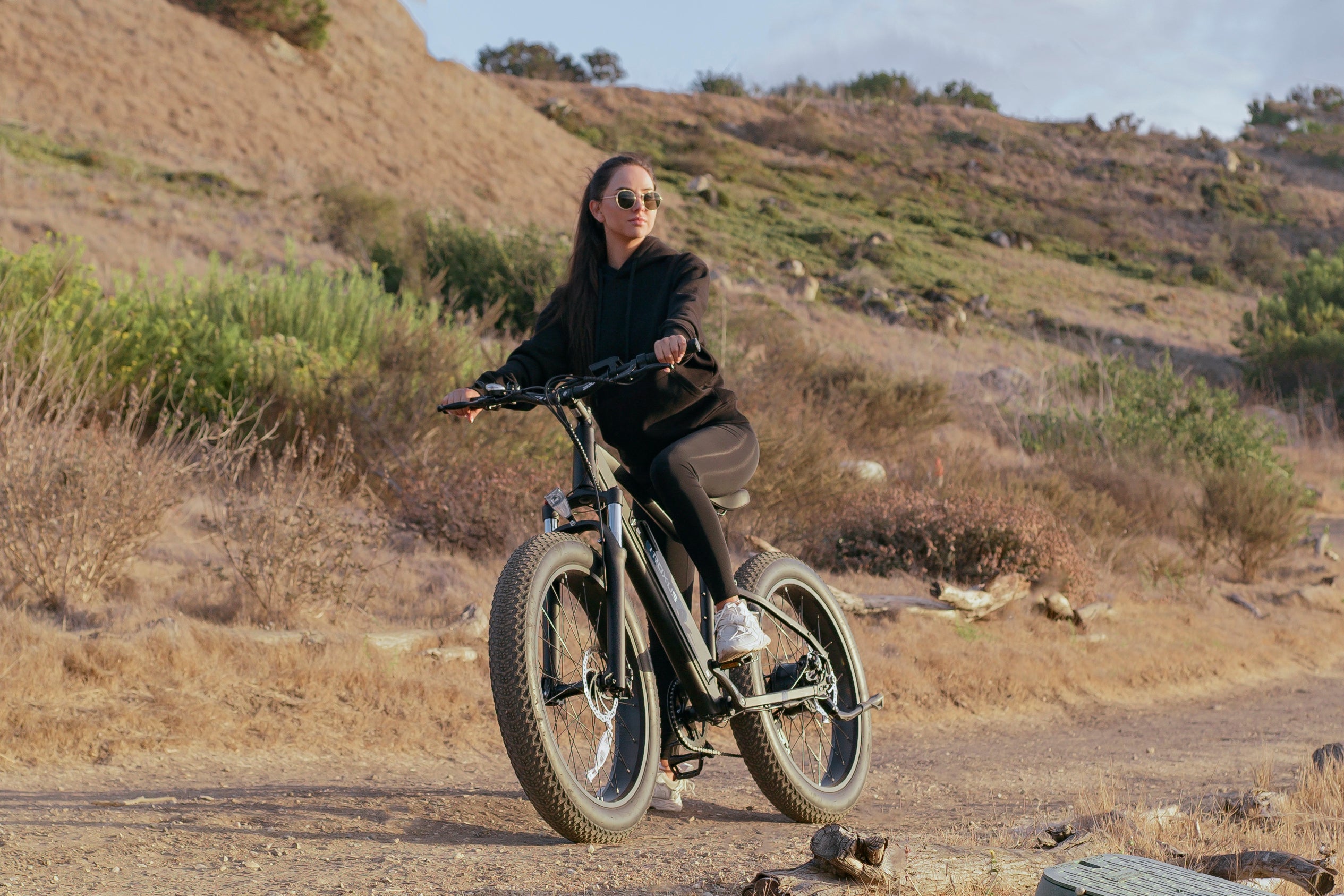
Traction
One of the biggest advantages of having wider tyres is that there is more rubber on the ground, allowing the rider to travel at a faster speed and brake later in corners. What this means for the average rider is that wider tyres will give you more confidence when cornering and knowing you can stop the bike when you need to.
This shift is most evident in the mountain biking world. Traction is the name of the game in speedy mountain biking, from fully shocked bikes designed to ensure your wheels touch the ground as much as possible to knobby tyres that ensure your bike doesn't slide out from under you in corners. Mountain bike tyres have evolved from the 1.95 inch tyres of the 90's to the 3 inch size of today. As a result, riders are turning faster and even braking later because they know there is more rubber on the ground and they can stop when they need to. This has entered the e-bike world with bikes like the Troxus Vulcanus, bikes that are designed to handle some of the toughest conditions, whether it's downhill gravel roads in the mountains around Seattle or on the frozen roads of the Midwest, the 4-inch tyres will keep the bike underneath you and remain predictable even when conditions are poor.
Suspension
One of the things I like most about larger tyres is the extra cushioning they provide. The larger the tyre, the lower the pressure required for a safe ride. Lower air pressure does a better job of absorbing road bumps and providing a smoother ride. For this reason, the efficiency of e-bikes is less of a concern than conventional bikes, with tyres from 2" to 4" significantly reducing the impact of rough roads.
What is a fat tire e-bike?
One of the latest trends in the cycling world is the fat bike. With 4" to 5" tyres, they really do feel like a giant truck that can take you through places that traditional mountain bikes could never reach. These tyres were originally designed for traversing soft sand and snow. This works well because the large surface area allows you to stay higher in soft terrain and maintain traction, but the downside to these oversized tyres is the increased rolling resistance. For this reason fat bikes are becoming increasingly popular but are still a niche market in the cycling world. The exception, however, is the e-bike, in which case fat tyres are very popular. E-bikes can easily overcome the increased rolling resistance of fat tyres and the assistance of an electric motor makes riding through loose terrain less of a chore and more of a pure pleasure.
As with anything, trends come and go. But one thing is certain: comfort, confidence and big tyres are here to stay. With electric assistance to help you overcome the long-lost rolling resistance, nothing can stop you and your next adventure!


